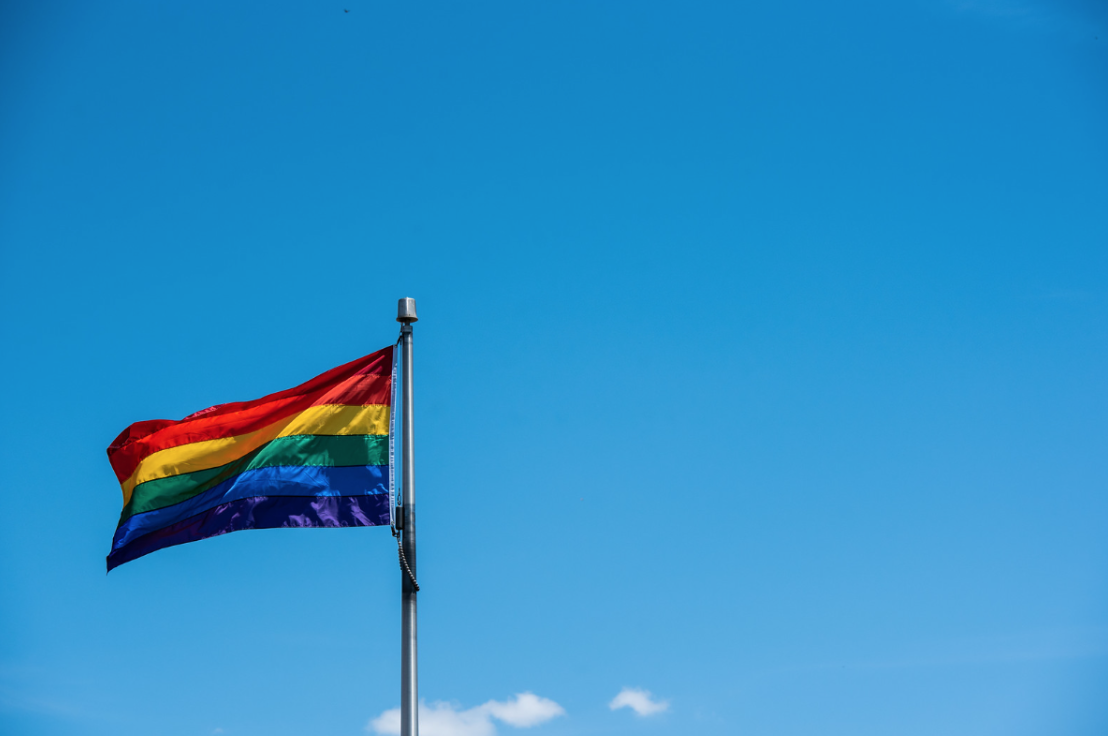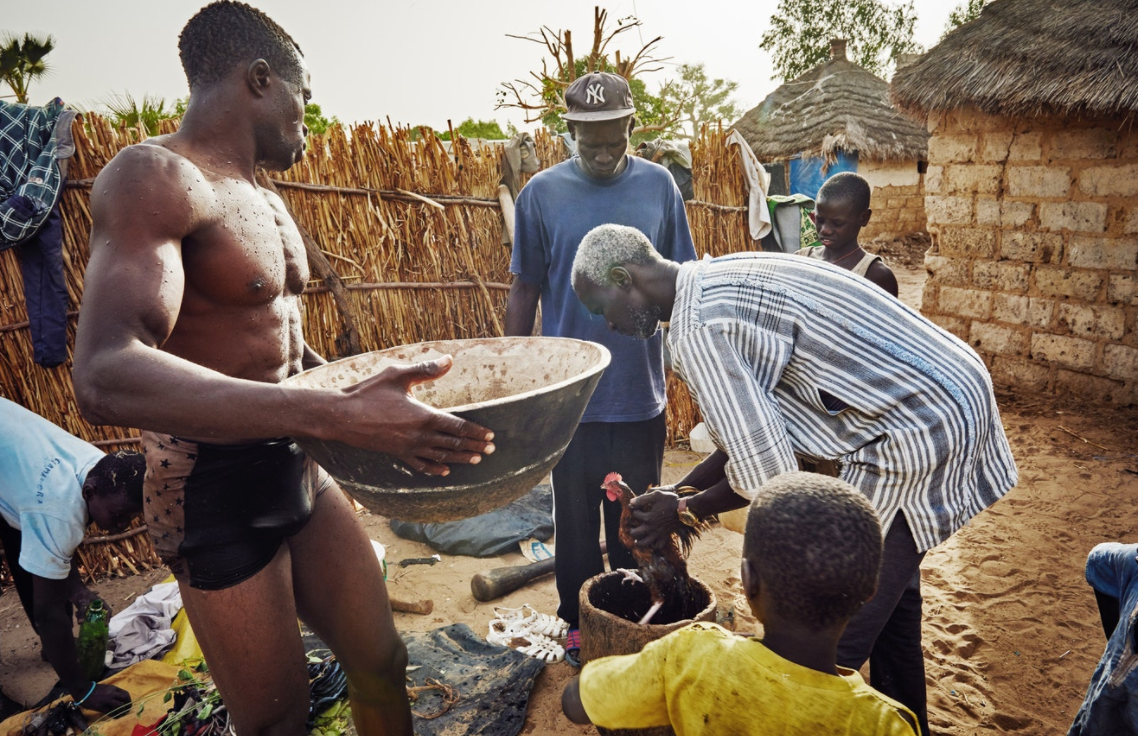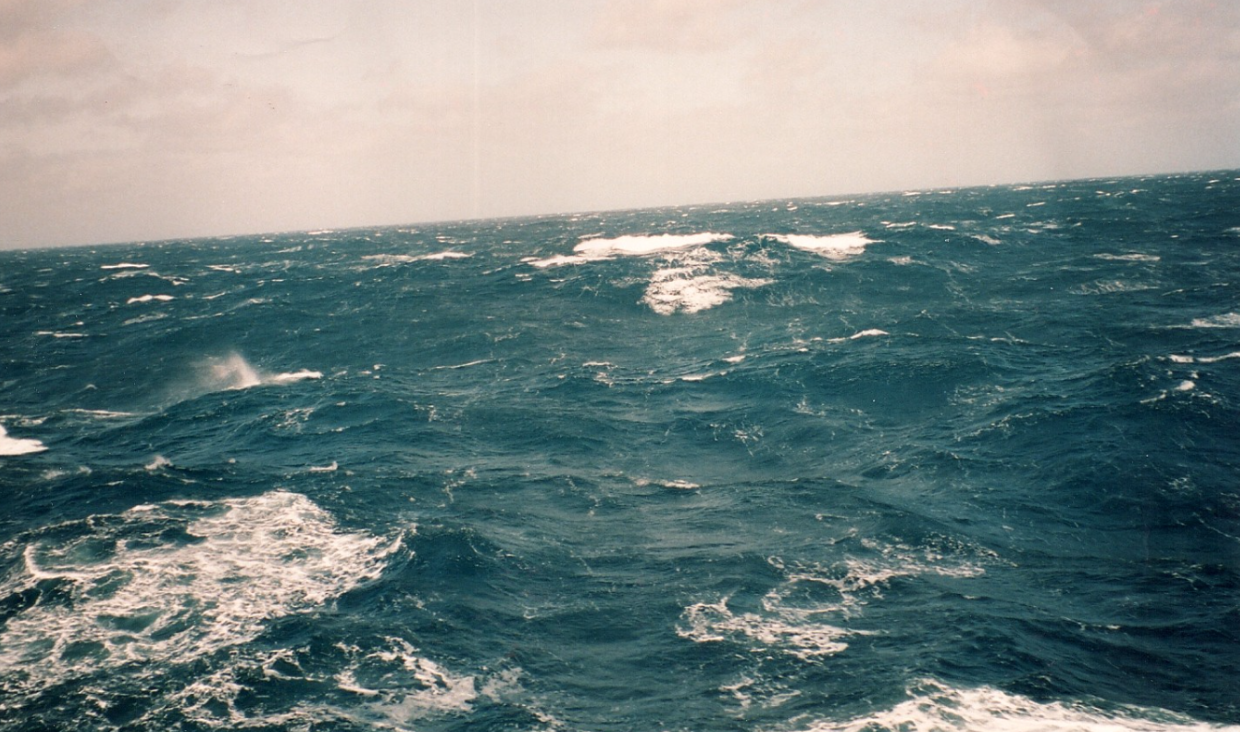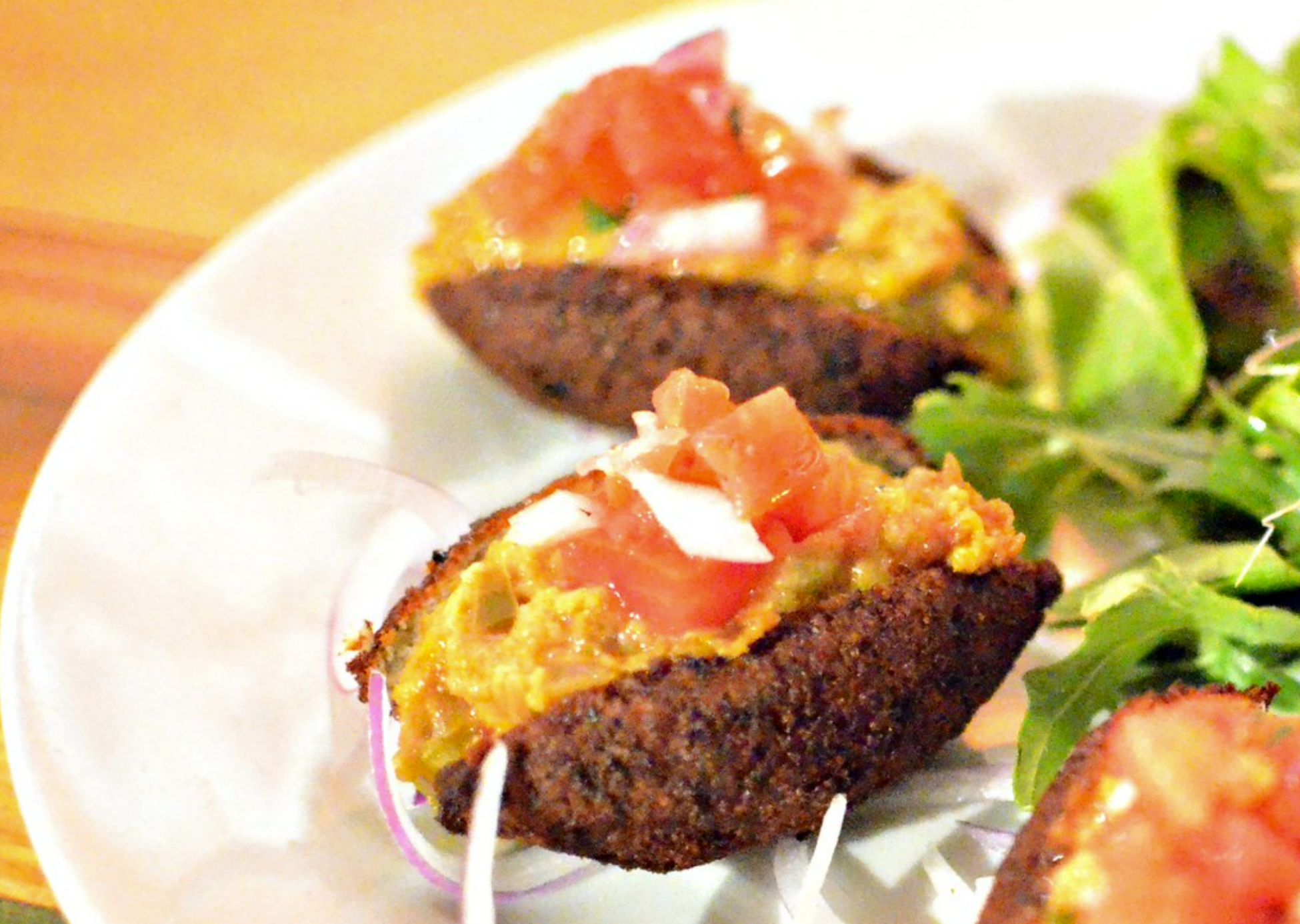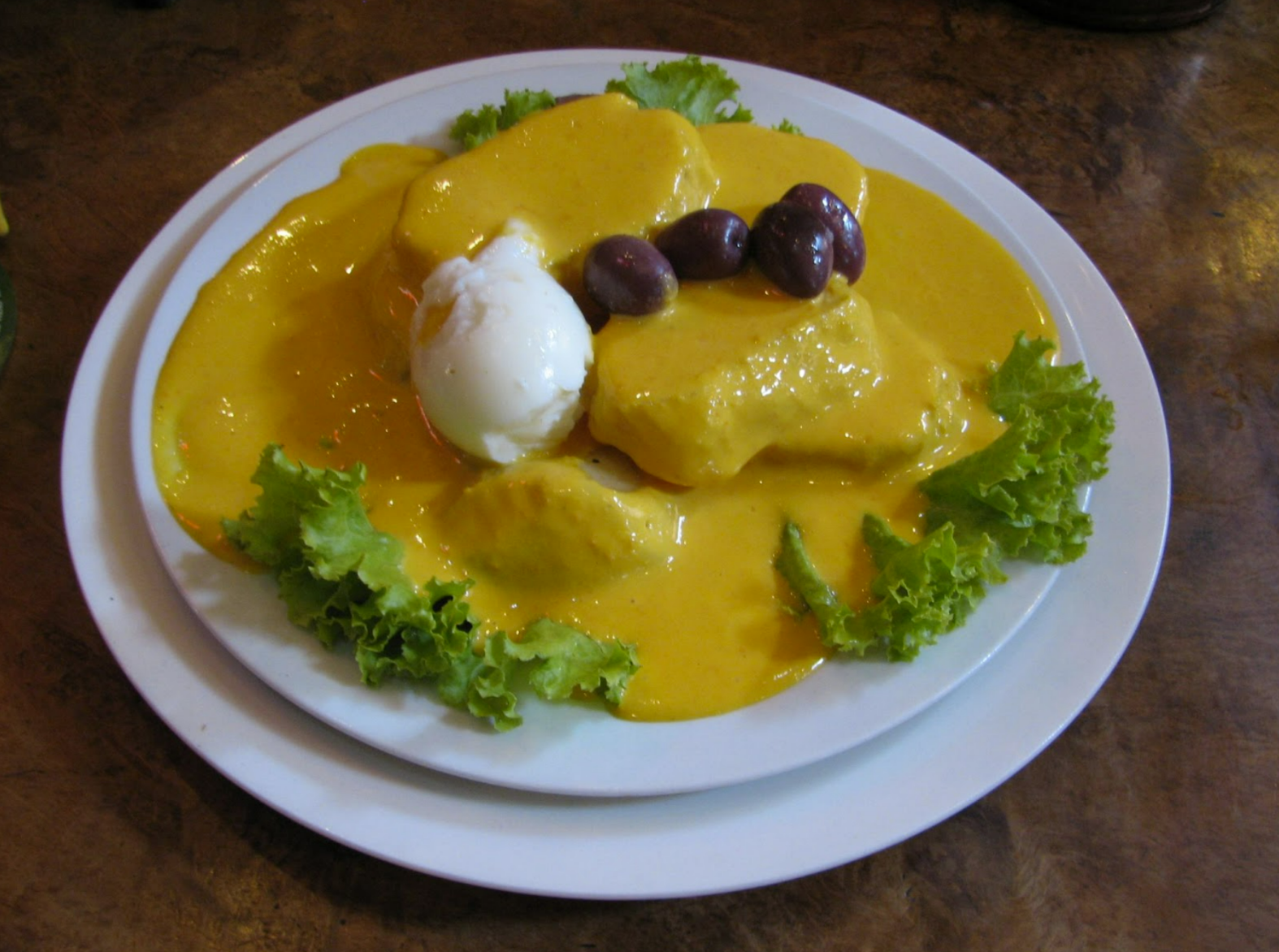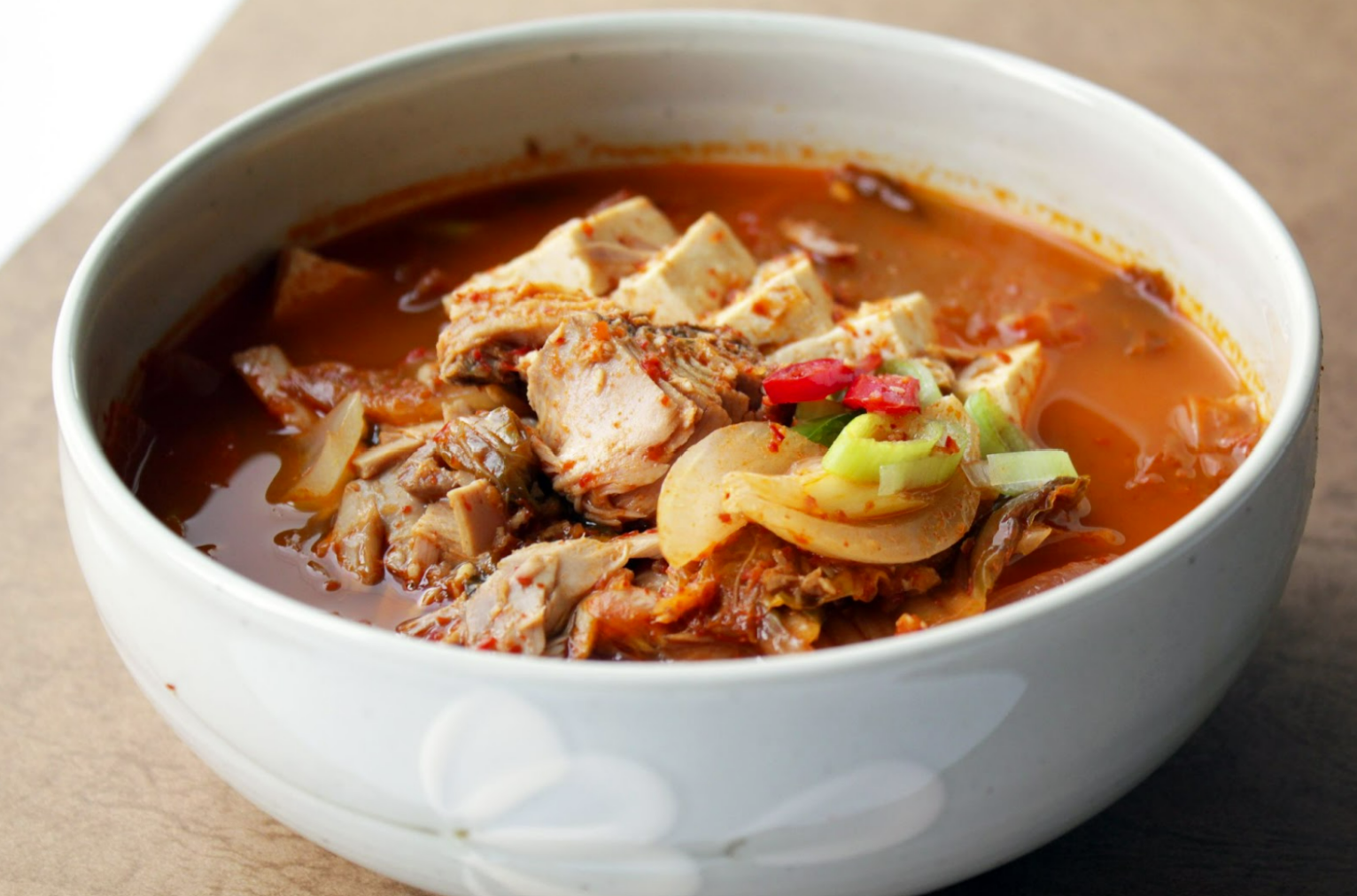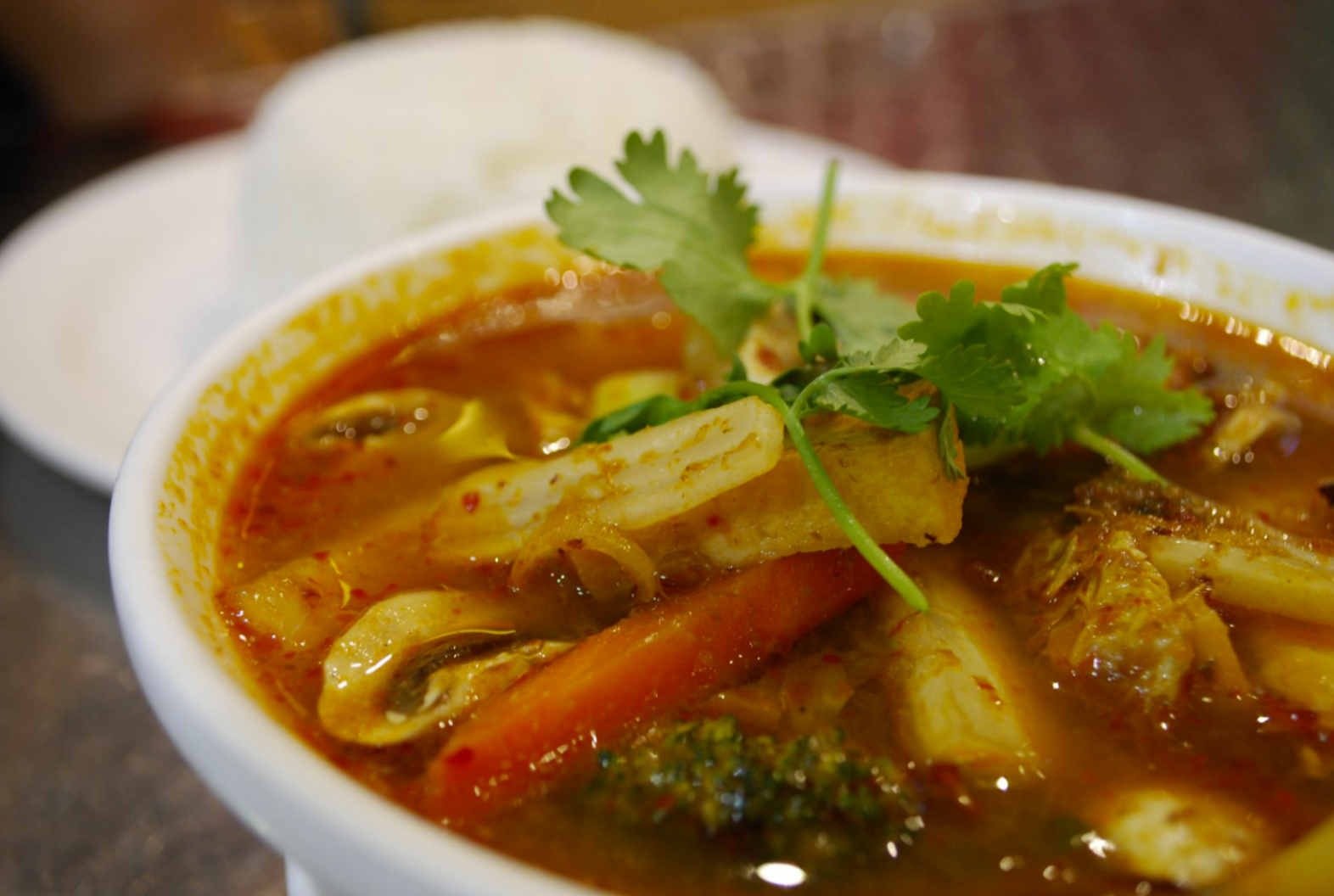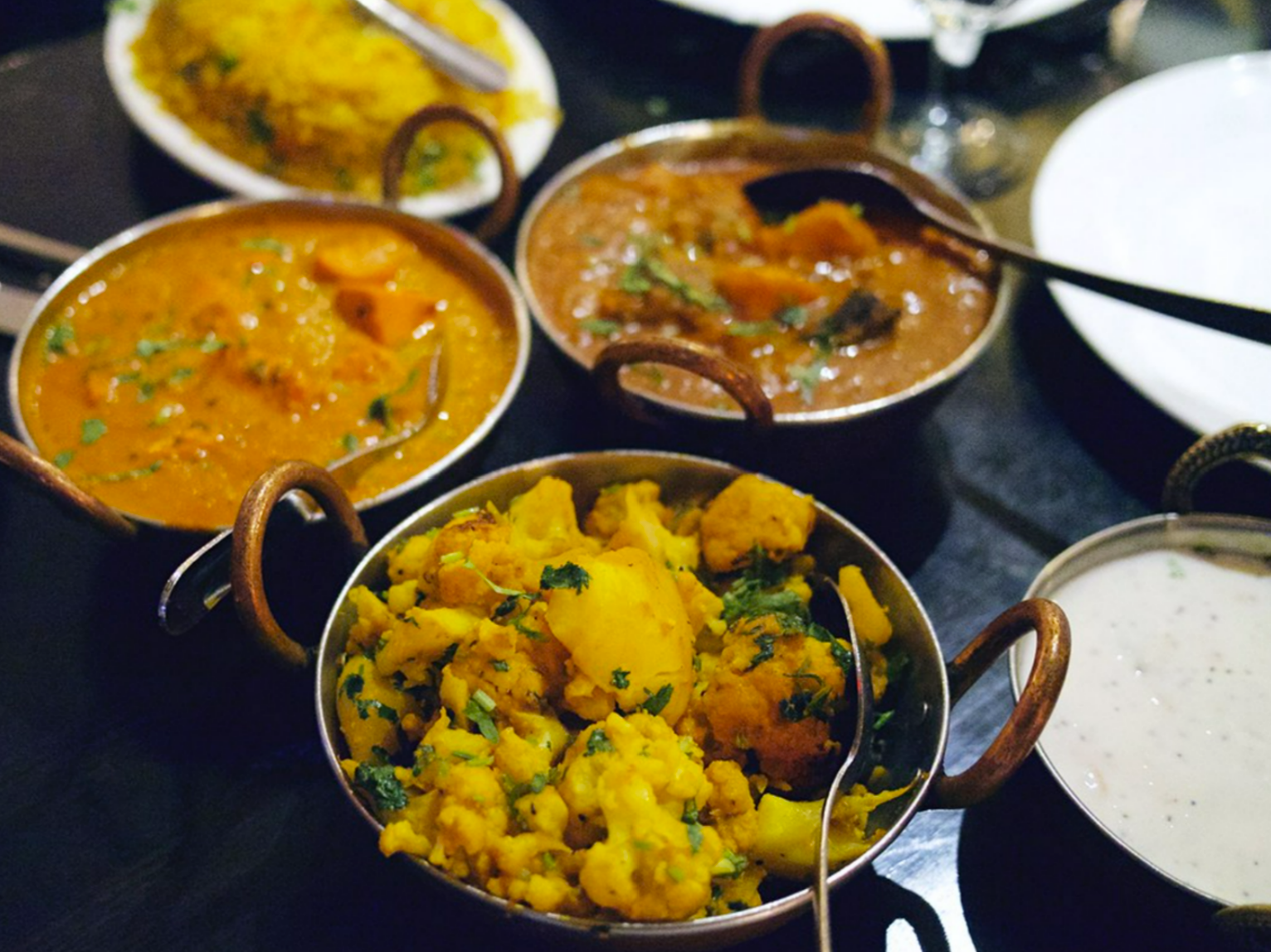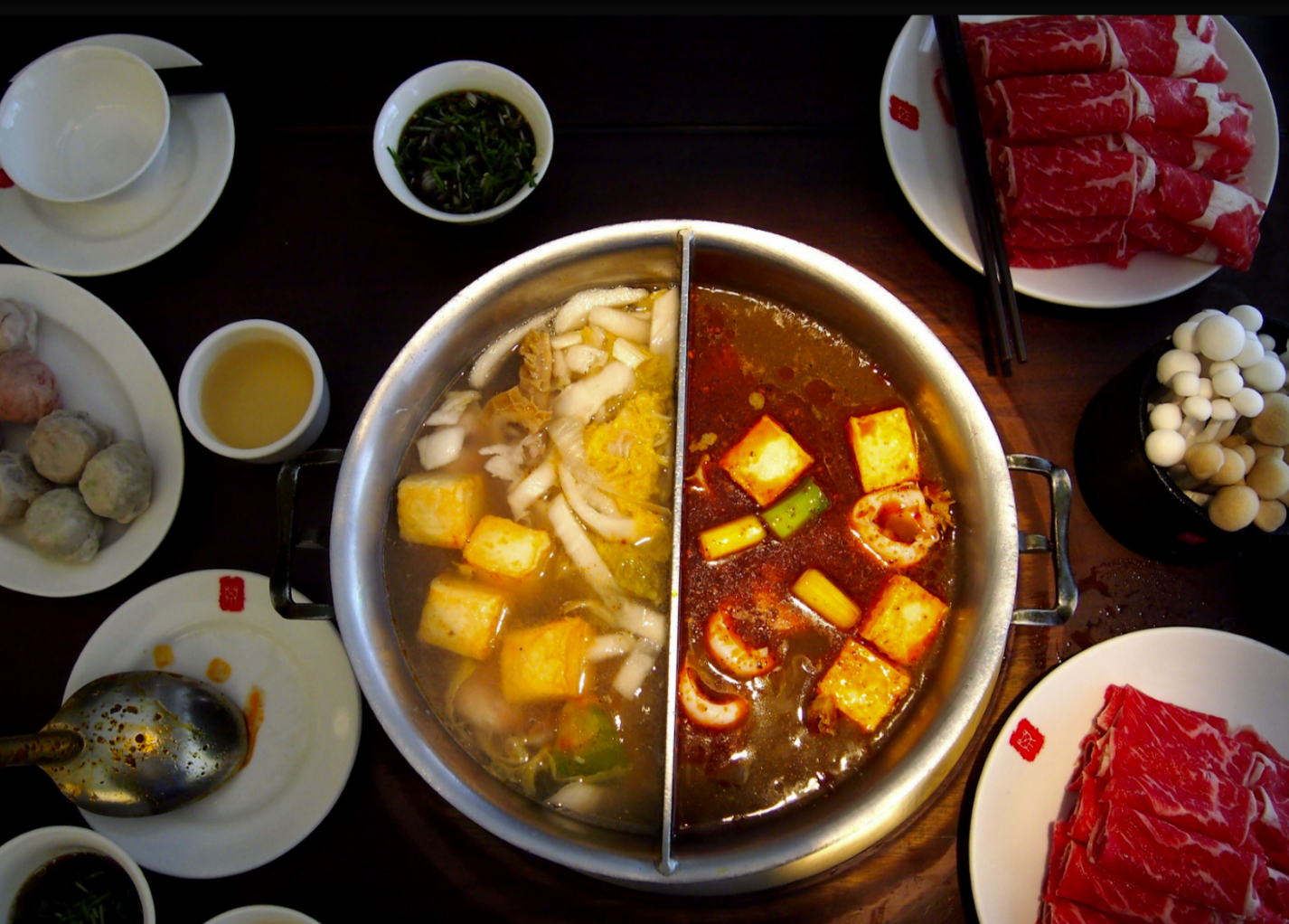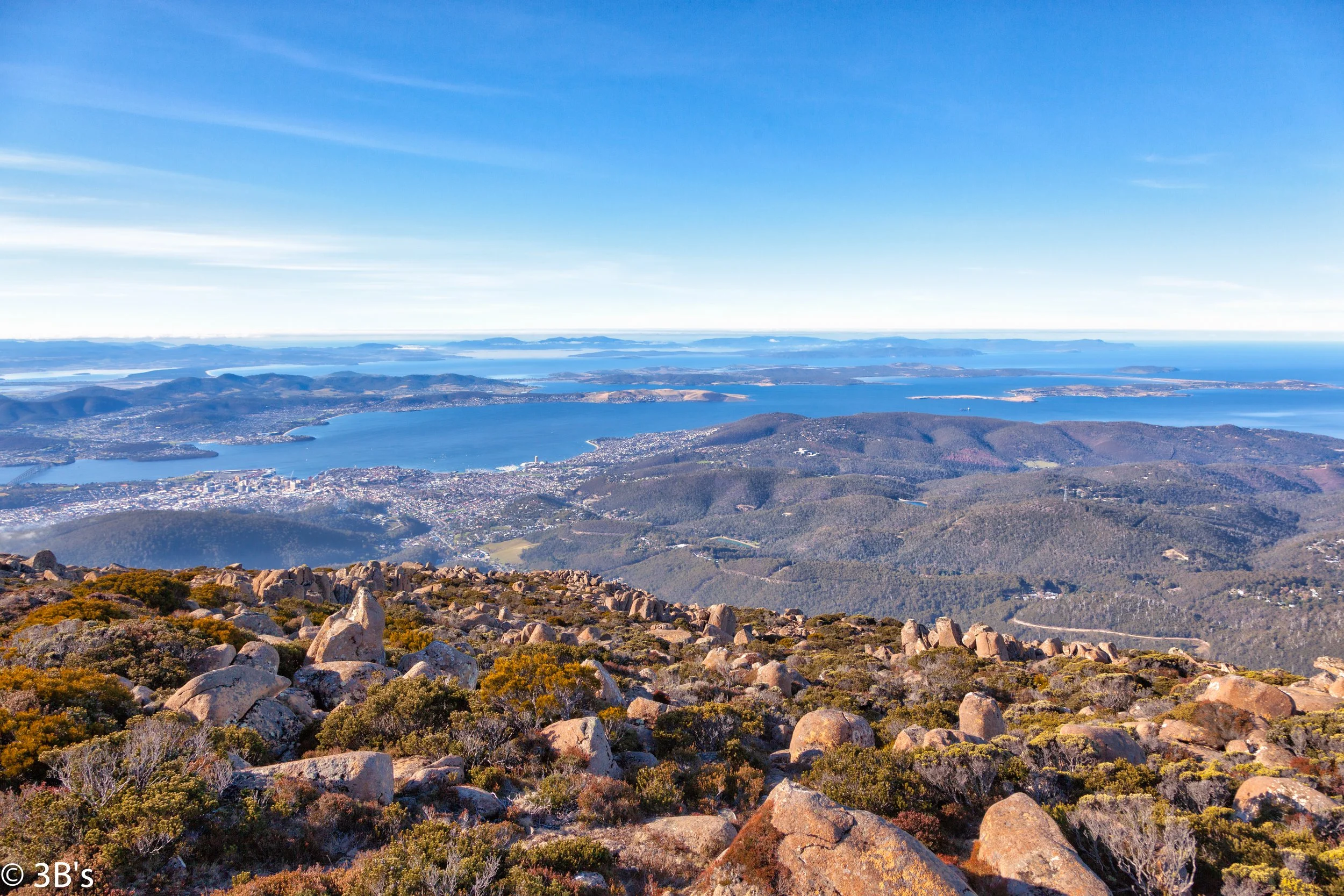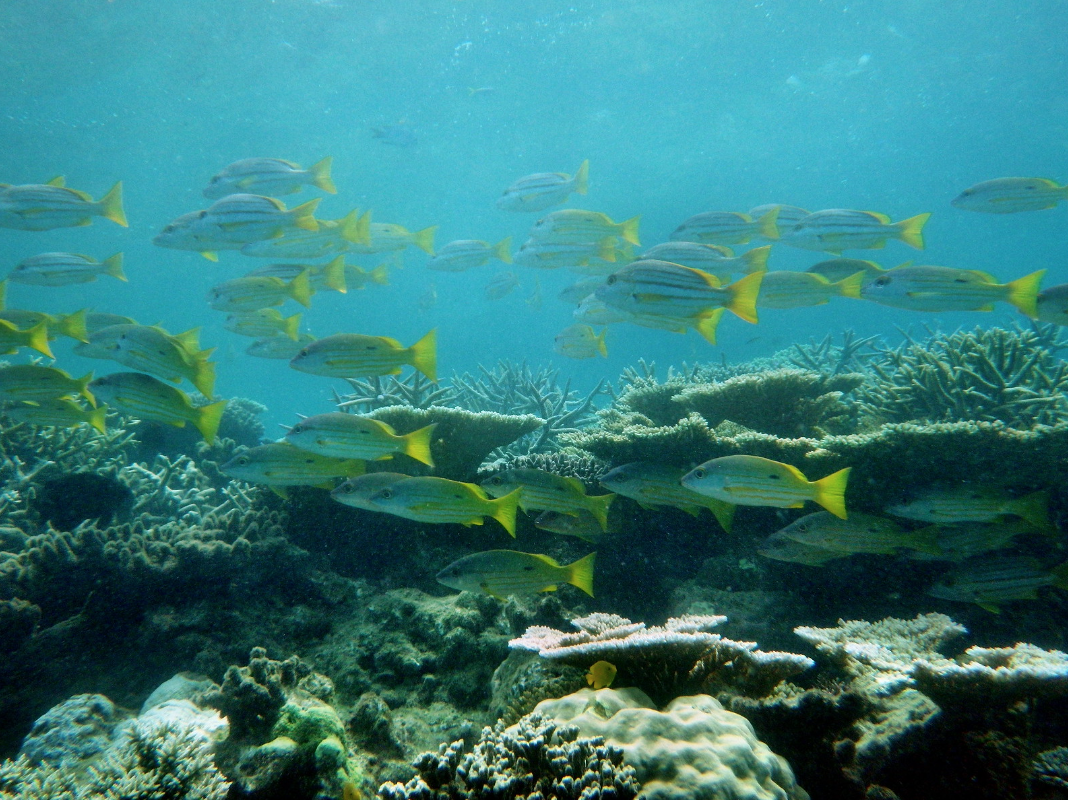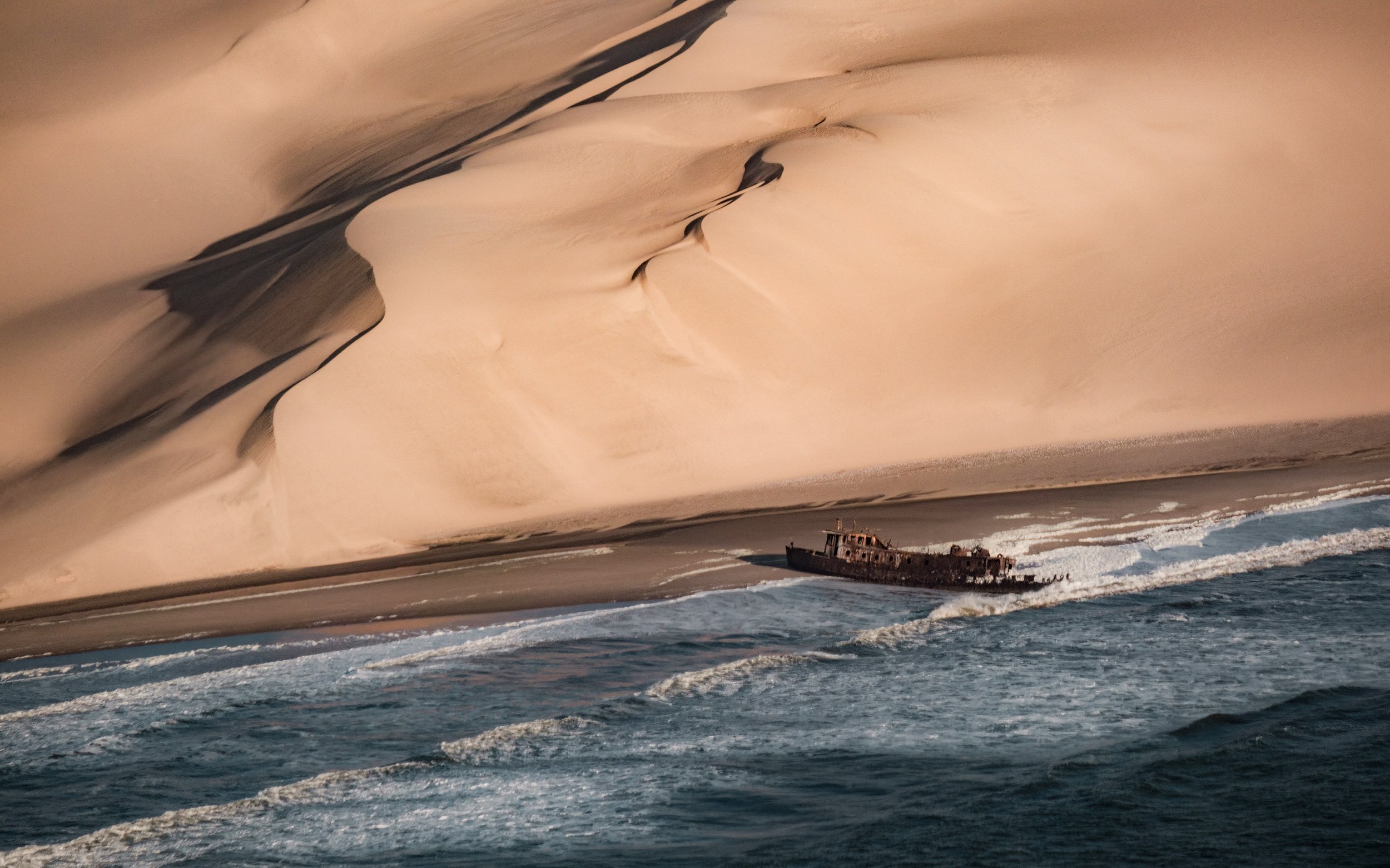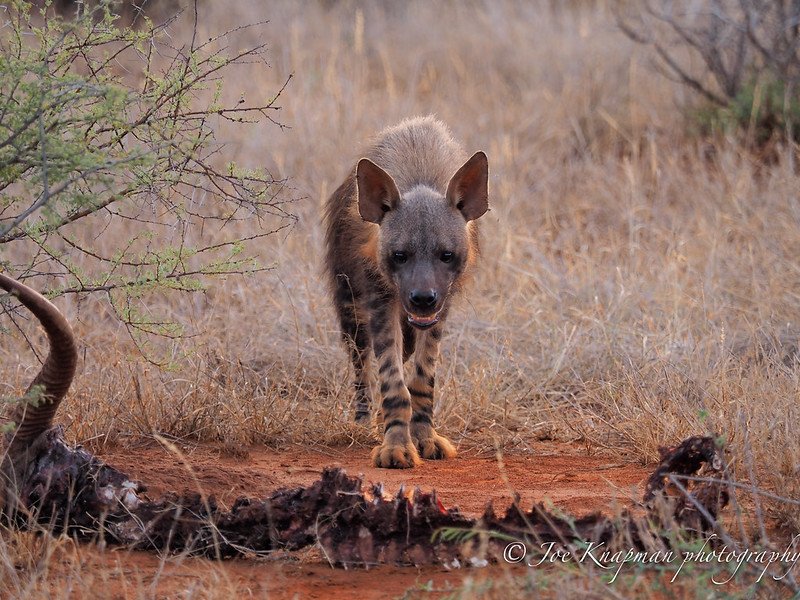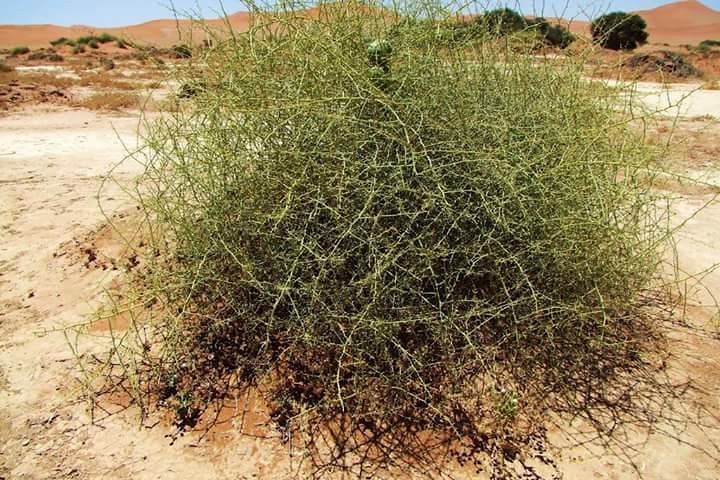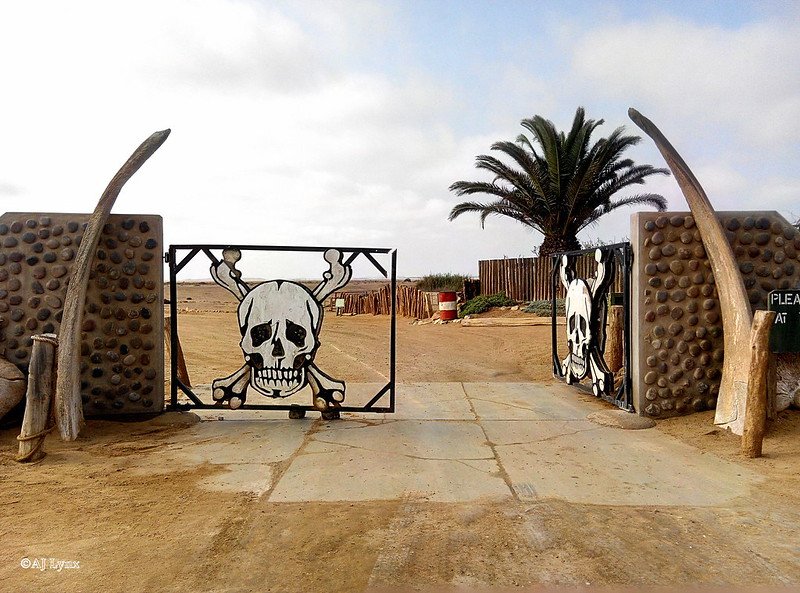How European Monarchies help to cloak their country’s colonial past.
Queen Elizabeth 1957, Library and Archives Canada, Public domain, via Wikimedia Commons
The problem with symbolic monarchies is not the monarchs themselves. The late Queen Elizabeth was known for her steadfastness and dedication to her job. Eighty-five percent of people in Britain believe she was good for the country, and 87% think that she will be regarded as one of Britain’s greatest Monarchs. While not nearly as popular, a September 2022 poll suggests King Felipe VI of Spain is viewed positively by 56% of Spainiards.
Symbolic monarchies, whether ruled by someone good or bad, should be abolished because of the old imperialist powers they represent. Queen Elizabeth’s family ruled over an imperialist and colonialist Britain that denied freedom and self-government to millions of people around the world. In 1947, the same year Britain reluctantly granted India independence, the then Princess Elizabeth gave a speech on her 21st Birthday where, in reference to World War II, she claimed that “the British Empire has saved the world.” In 1948, a year later, the British governor of what is present-day Malaysia used brutal counterinsurgency tactics to fight communist national liberation uprisings. In 1952 in Kenya, to fight the anti-colonial Mau Mau insurgency, Britain created detention camps in which its agents tortured tens of thousands of people.
The British Empire 1921, Vadac., Public domain, via Wikimedia Commons
In 1953, Elizabeth became the Head of the new British Commonwealth, a neo-colonialist rebranding of the old Empire. Over the next 50 years, she would reign over the destabilizing and messy decolonization of Yemen, Cyprus, Apartheid South Africa, Jamaica, Hong Kong, and more. These poorly planned and often hasty withdrawals have left traumas of their own.
These atrocities are not directly the fault of Queen Elizabeth. She was Britain’s symbolic leader, not its head of government. She was also not blameless. Even if she did not outwardly condone them, many of Britain’s worst atrocities were committed in her name. While Britain was decolonizing, Queen Elizabeth spent years touring the “nations of the Commonwealth,” putting a smiling face on Britain’s remaining colonial Empire and glorifying its imperialism.
It is not just Britain. The Bourbons, the current Spanish ruling family, has been on the throne since the 1700s. They have overseen the murder of thousands of Indigenous peoples, and the violent decolonizations of Latin America, the Philippines, Spanish holdings in Africa, and more. This is not to say Spain's current King, Felipe VI, who was crowned in 2014, is responsible for his ancestors’ actions. However, to have the descendants of such bloody tyrants still on the throne is an direct affront to the nations their ancestors colonized, who must still bear the fallout of European imperialism.
Armada Galleas, National Maritime Museum, Greenwich, London, Public domain, via Wikimedia Commons
Royal families are stubborn remnants of an imperial past, granting titles and privileges so ingrained in society that they are codified into law.
In a modern democratic nation, there is no place for monarchs or royal families. The Age of Empires is over. It's beyond time to let their monarchies die with them.
Jeremy Giles
Jeremy is a Writing Seminars and International Studies major at Johns Hopkins University. He is an avid writer and the Co-Founder of Writers’ Warehouse, Johns Hopkins’ first creative writing group. He is an advocate for Indigenous rights, and studies how Indigenous philosophies can be used to help prevent climate change. Using his writing, he hopes to bring attention to underrepresented voices in today’s world.








